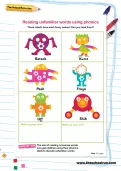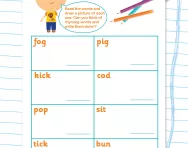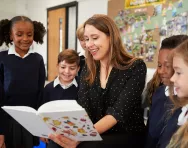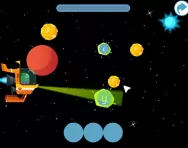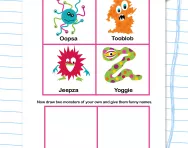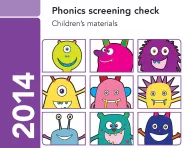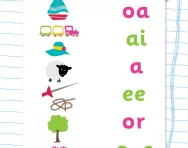Important update from TheSchoolRun
For the past 13 years, TheSchoolRun has been run by a small team of mums working from home, dedicated to providing quality educational resources to primary school parents. Unfortunately, rising supplier costs and falling revenue have made it impossible for us to continue operating, and we’ve had to make the difficult decision to close. The good news: We’ve arranged for another educational provider to take over many of our resources. These will be hosted on a new portal, where the content will be updated and expanded to support your child’s learning.
What this means for subscribers:
- Your subscription is still active, and for now, you can keep using the website as normal — just log in with your usual details to access all our articles and resources*.
- In a few months, all resources will move to the new portal. You’ll continue to have access there until your subscription ends. We’ll send you full details nearer the time.
- As a thank you for your support, we’ll also be sending you 16 primary school eBooks (worth £108.84) to download and keep.
A few changes to be aware of:
- The Learning Journey weekly email has ended, but your child’s plan will still be updated on your dashboard each Monday. Just log in to see the recommended worksheets.
- The 11+ weekly emails have now ended. We sent you all the remaining emails in the series at the end of March — please check your inbox (and spam folder) if you haven’t seen them. You can also follow the full programme here: 11+ Learning Journey.
If you have any questions, please contact us at [email protected]. Thank you for being part of our journey it’s been a privilege to support your family’s learning.
*If you need to reset your password, it will still work as usual. Please check your spam folder if the reset email doesn’t appear in your inbox.
Reading unfamiliar words using phonics
These robots have such funny names! Can you read them?
What is KS1 phonics, and how are is it taught in Year 1?
KS1 phonics is a method of teaching young children how to read and write by learning the sounds that letters make.
In Year 1, this process is all about helping children connect these sounds with letters, and then blending them together to form words.
The National Curriculum for England emphasises a systematic approach to phonics, which means teaching sounds in a specific order and using a consistent approach.
This helps children build a strong foundation for reading and writing skills.
In Year 1, phonics is taught through fun and interactive activities that engage children and make learning enjoyable.
Teachers use a variety of methods to reinforce these skills, such as:
- Daily phonics lessons
Short, structured sessions where children learn new sounds, practise blending sounds to make words and segmenting words into individual sounds.
- Reading practice
Children read books that match their phonics knowledge, helping them apply what they've learned and gain confidence in their reading abilities.
- Phonics games and activities
Interactive games and activities that make learning phonics fun and help reinforce the sounds and words they are learning.
These methods ensure that children in Year 1 develop strong reading and writing skills, setting them up for success as they continue their education.
How will this phonics activity help your Year 1 child?
This phonics resource was made by an experienced educator with the purpose of helping your Year 1 child improve their skills with phonics by presenting them with unfamiliar words. These words follow basic rules, and will require your child's knowledge of phonics to decode them. This is great practice for the Phonics Screening Check.
For more help with phonics, visit our hub page, or try a new challenge such as our Long vowel sounds 'a' and 'e' worksheet.
